Growing Mushrooms At Home: How To Make A Mushroom Fruiting Chamber
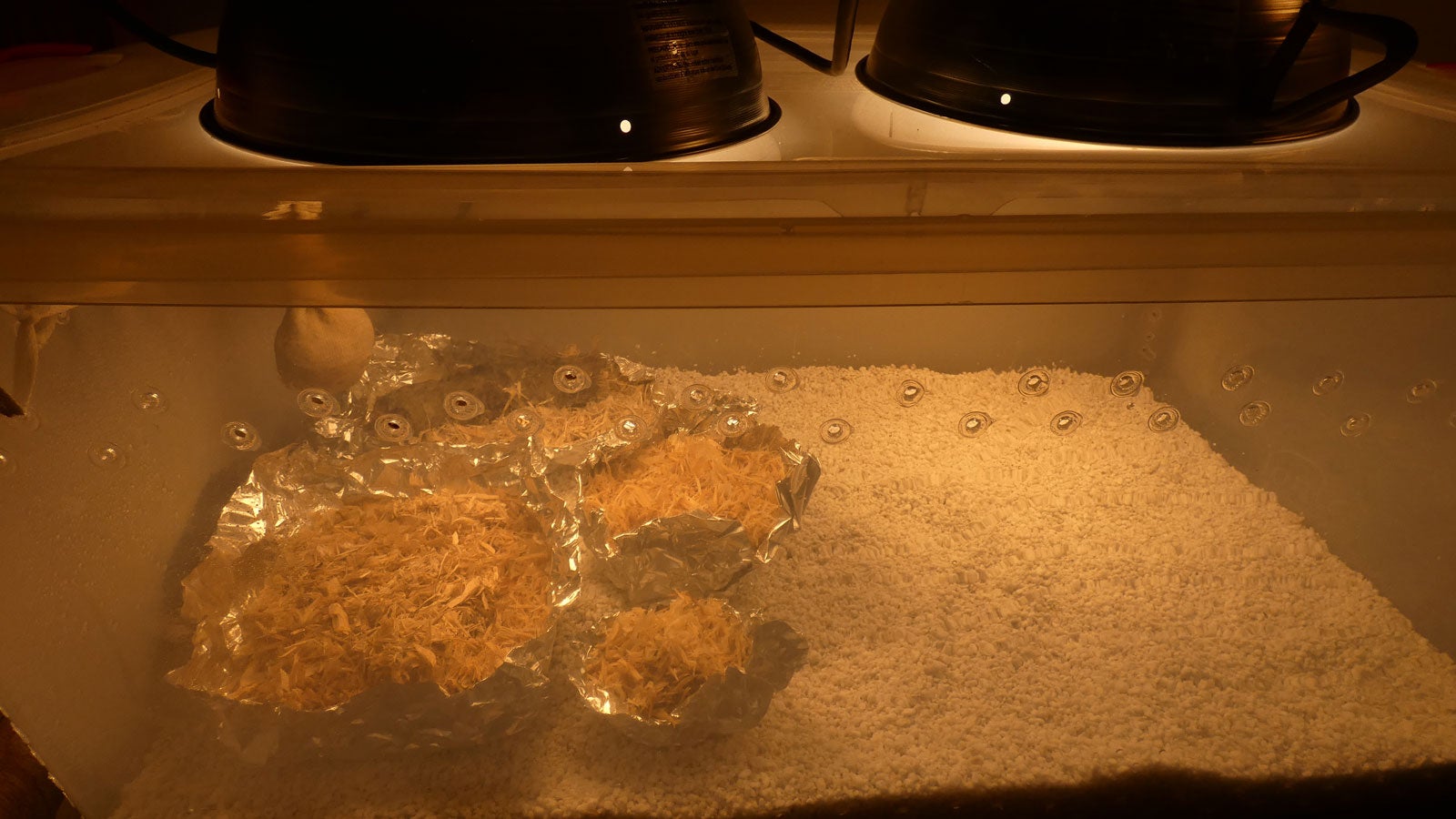
Growing mushrooms at home is a fun, rewarding endeavor culminating in the delicious fruits of your labor. Setting up a mushroom fruiting chamber is really the only difficult thing about growing mushrooms at home, and even then, a DIY mushroom house doesn’t have to be complex. To learn how to make your own mushroom fruiting chamber, read the following mushroom fruiting house ideas.
Setting Up a Mushroom Fruiting Chamber
The whole idea behind a DIY mushroom house is to simulate the natural growing conditions of fungi, that is, recreating a humid forest. Mushrooms love high humidity, a bit of light, and excellent airflow.
Commercial growers spend serious dollars on building energy intensive, air, humidity, and temperature regulated grow rooms or underground tunnels. Creating a DIY mushroom house doesn’t have to be costly or nearly that comprehensive.
Requirements for Growing Mushrooms at Home
There are numerous mushroom fruiting ideas out there. What they all have in common is attention to providing the correct CO2 (carbon dioxide), humidity levels, temperature, and amount of light.
Ideally, the CO2 will be under 800 ppm, depending upon the type of mushroom. There should be sufficient light to see by. Humidity should be above 80 percent in the fruiting chamber and the temperature between 60 and 65 degrees F. (16-18 C.) for some varieties. For example, oyster mushrooms need different humidity and temps than shiitakes, which like it colder.
Look up the exact requirements for the specific type of mushrooms you’re growing at home. Start with inoculated, sterilized jars with cultures that are nicely colonized.
How to Make a Mushroom Fruiting Chamber
The absolute simplest mushroom fruiting house involves the use of a clear plastic storage bin with a lid. Drill four to five holes into all sides of the container. Wash the container and dry it thoroughly.
Gardening tips, videos, info and more delivered right to your inbox!
Sign up for the Gardening Know How newsletter today and receive a free copy of our e-book "How to Grow Delicious Tomatoes".
Pour 4 to 8 dry quarts (4-9 L.) of perlite into the bottom of the container and add water until it is absorbed, and the perlite is wet but not sodden. If you add too much water, drain the perlite so it is barely dripping. Aim on having 2 to 3 inches (5-8 cm.) of this wet perlite at the bottom of the container.
Find a good place for your fruiting chamber. Remember this area should comply with the above info regarding CO2, humidity, temperature, and lighting.
Now it’s time to transfer the colonized mushrooms. Wear sterile gloves or use hand sanitizer prior to handling the mushroom culture. Gently remove the cake of mushroom culture and set it down into the damp perlite in the chamber. Space each cake a few inches (8 cm.) apart on the chamber floor.
Mist the inoculated cakes with distilled water no more than twice a day and fan them using the plastic storage lid. Be careful about getting the cakes too wet; they might mold. Use only a very fine misting bottle and hold it away from, but above, the cakes. Also, mist the lid of the container.
Keep the temperature and humidity level as consistent as possible. Some mushrooms like it hot and some cold, so be sure to look up the requirements for your type of mushroom. If need be, use a fan to move the air around, and during colder months, a humidifier and heater will help to maintain a consistent temp and humidity level.
This is just one DIY mushroom fruiting house idea and a fairly simple one. Mushrooms also can be grown in buckets or clear plastic bags that have been placed in a glass chamber outfitted with a humidifier and fan. Mushrooms can be grown in almost anything your imagination comes up with as long as it fulfills the above requirements for consistent CO2, humidity, temperature, and light.

Amy Grant has been gardening for 30 years and writing for 15. A professional chef and caterer, Amy's area of expertise is culinary gardening.
-
 Looking For Plants To Give You The Soft And Fuzzies? Try These 5 Fuzzy Leaf Plant Options
Looking For Plants To Give You The Soft And Fuzzies? Try These 5 Fuzzy Leaf Plant OptionsLovers of texture, drama, silver foliage and tactile plants will adore these special sensory garden additions. These fuzzy leaf plant options will leave you all aglow
By Susan Albert
-
 Get Ready For A Summer Of Hummers! Grow These Full Sun Hummingbird Plants and Flowers
Get Ready For A Summer Of Hummers! Grow These Full Sun Hummingbird Plants and FlowersIf you’re lucky enough to enjoy a sunny backyard, make sure you are maxing out on your pollinator opportunities and grow these full sun hummingbird plants and flowers
By Tonya Barnett
-
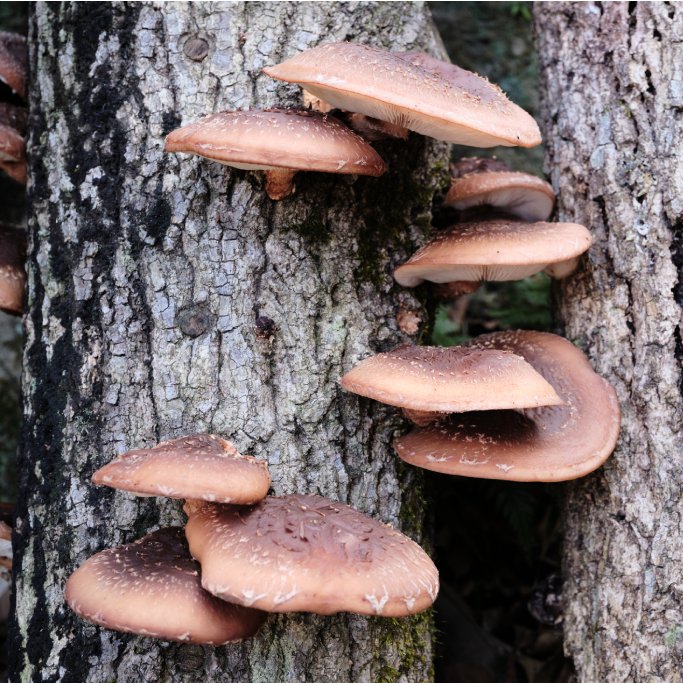 Which Types Of Wood To Use For Growing Fungi
Which Types Of Wood To Use For Growing FungiWondering about the best logs for mushroom plugs? Match the mushroom type to the tree variety for a great crop of delicious mushrooms.
By Bonnie L. Grant
-
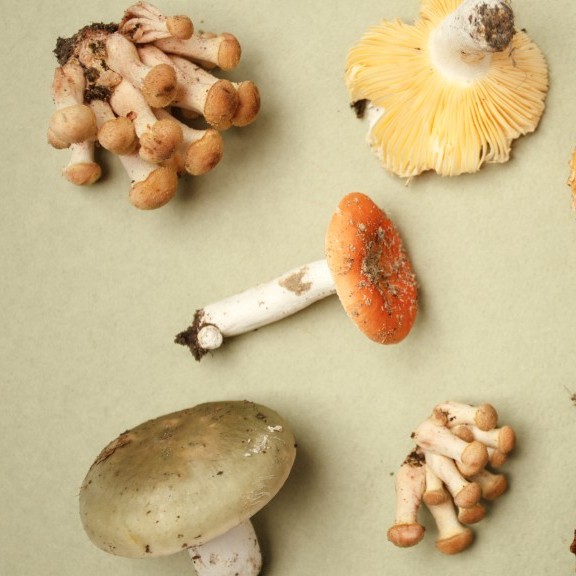 Types Of Edible Mushrooms & Their Poisonous Look-Alikes
Types Of Edible Mushrooms & Their Poisonous Look-AlikesTypes Of Edible Mushrooms & Their Dangerous Doppelgangers
By Bonnie L. Grant
-
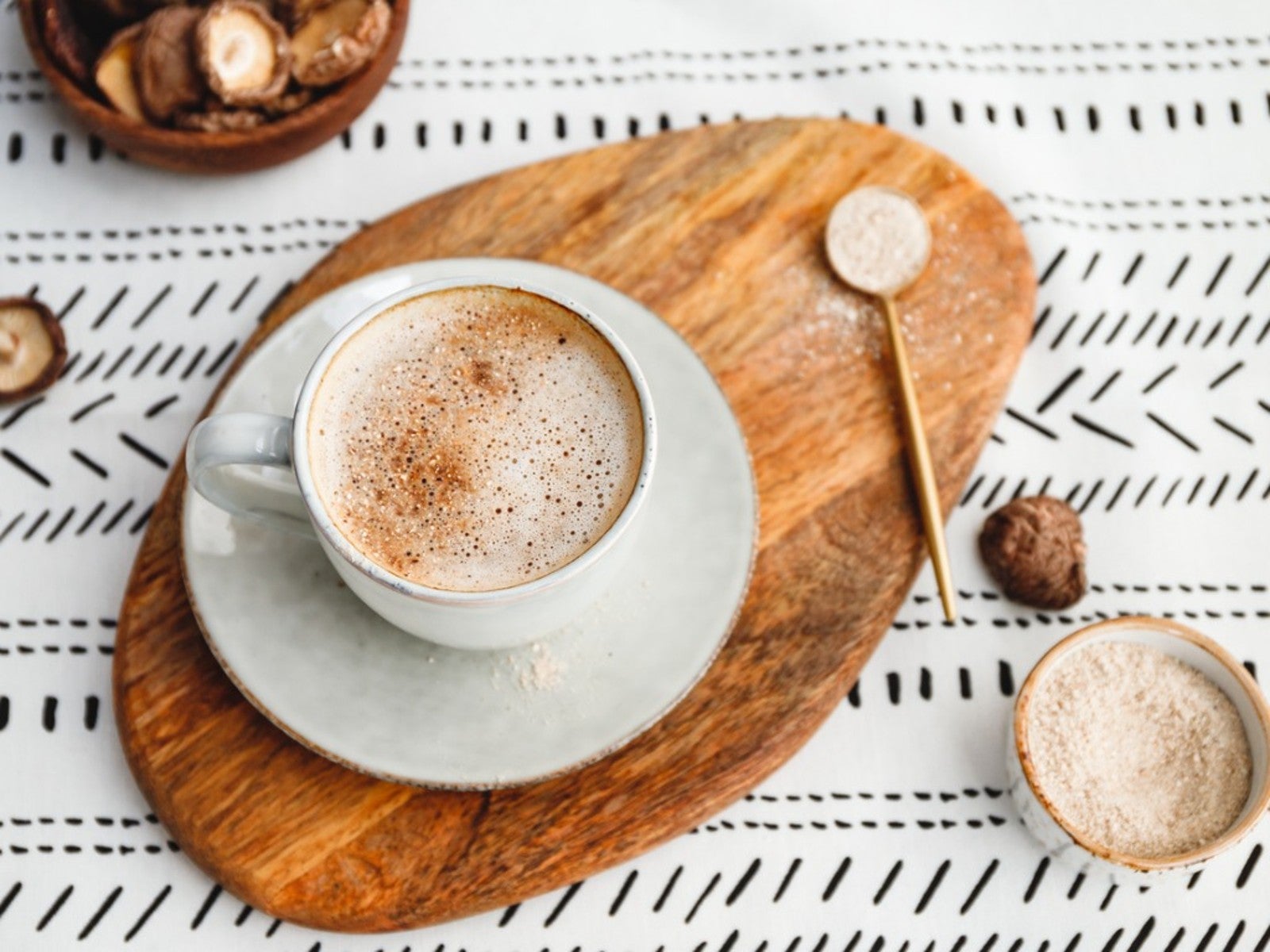 Make Your Own Mushroom Coffee From Homegrown Fungi
Make Your Own Mushroom Coffee From Homegrown FungiWhat is mushroom coffee? Can you make your own mushroom coffee at home? Click here to learn more.
By Laura Miller
-
 Growing Mushrooms In Coffee Grounds At Home
Growing Mushrooms In Coffee Grounds At HomeLearn how re-using coffee grounds for mushroom substrate is great for the mushrooms and good for the planet.
By Bonnie L. Grant
-
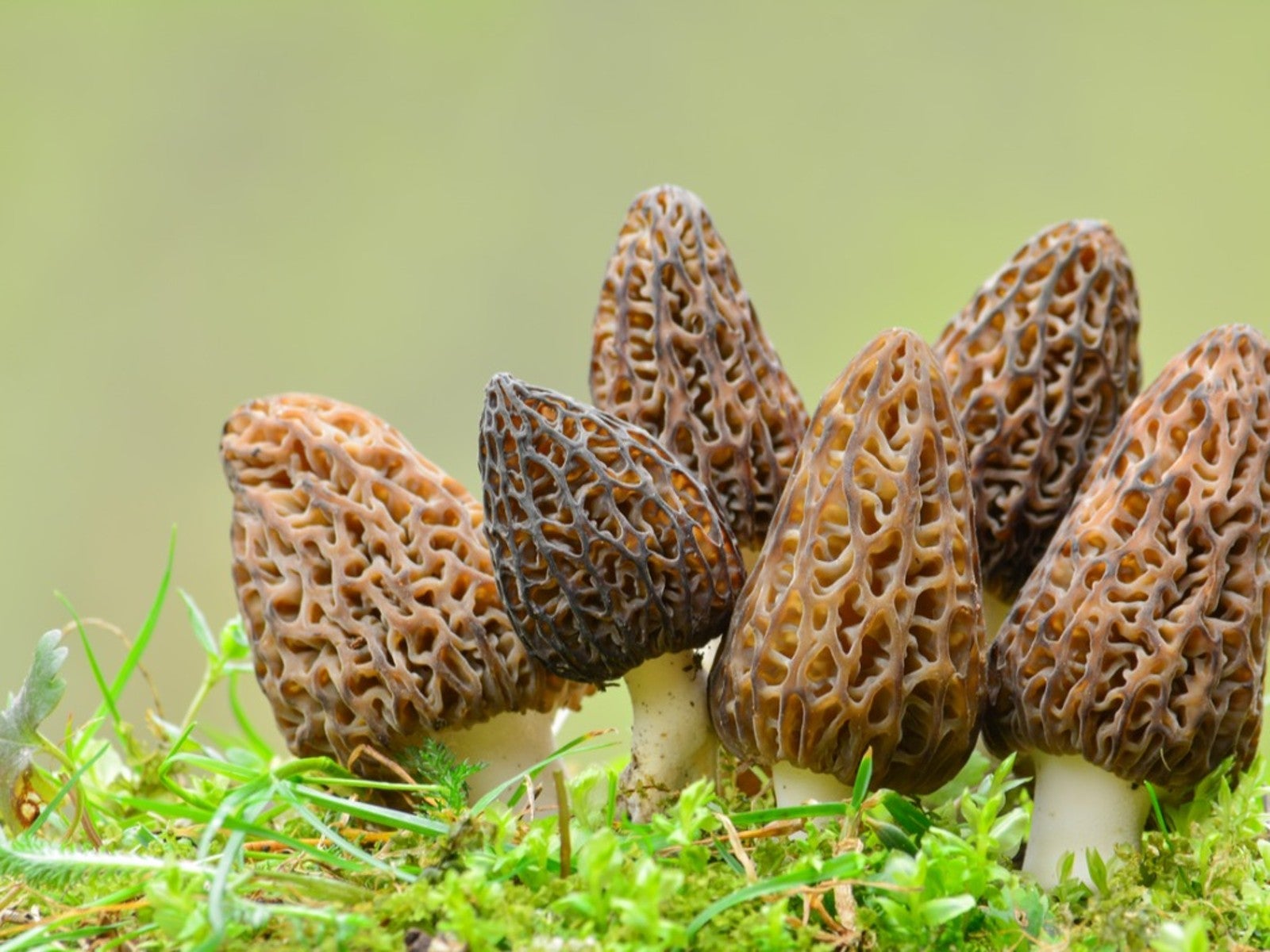 How To Grow Morel Mushrooms: Growing Morel Mushrooms At Home
How To Grow Morel Mushrooms: Growing Morel Mushrooms At HomeMorel mushroom growing conditions are difficult to pinpoint. Some expert tips are necessary on how to grow morel mushrooms.
By Bonnie L. Grant
-
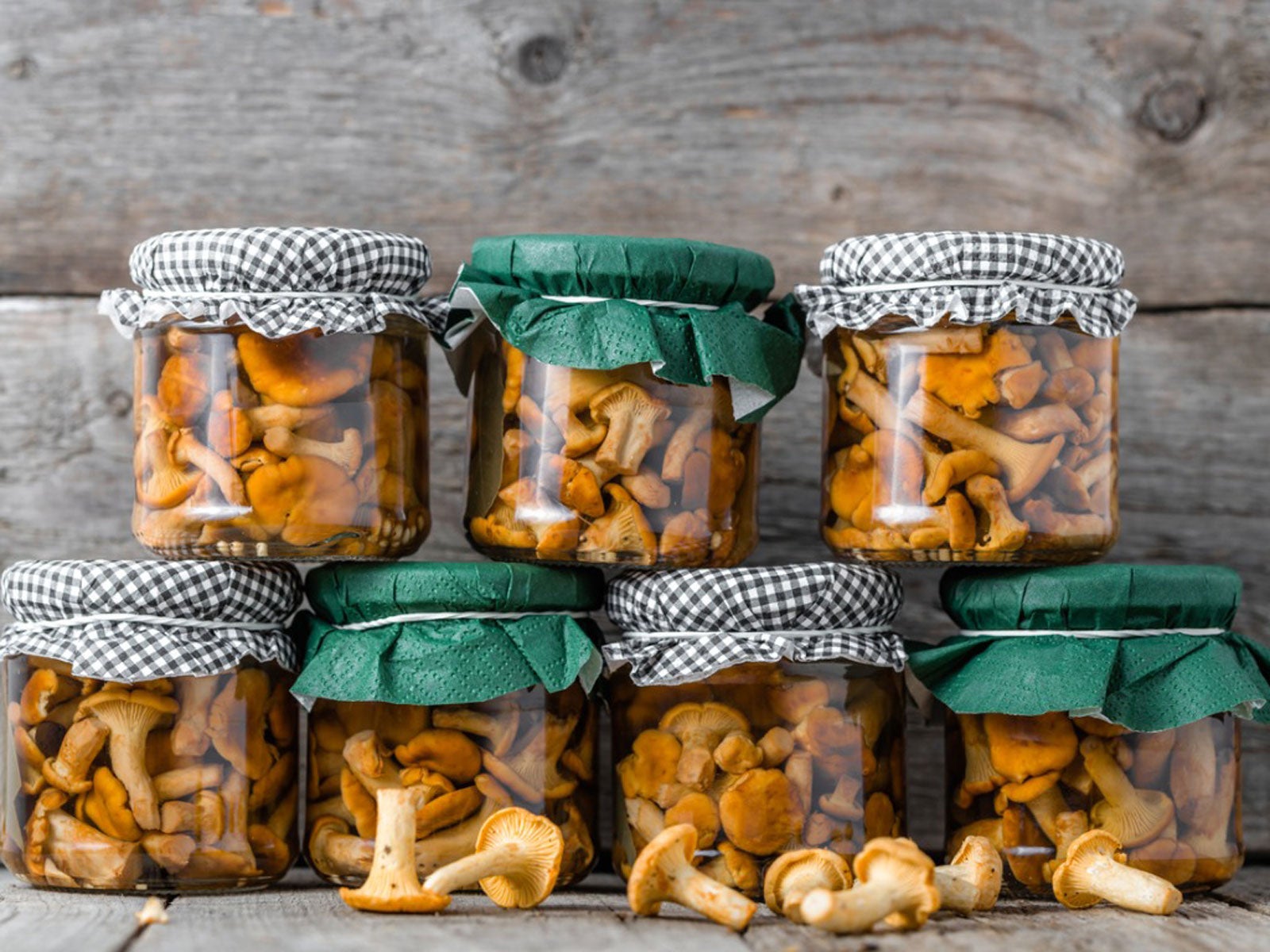 Home Canning Mushrooms – Tips For Storing Mushrooms In Jars
Home Canning Mushrooms – Tips For Storing Mushrooms In JarsAre you contemplating home canning mushrooms, but are nervous about safety? Click here to explore how to can mushrooms safely.
By Laura Miller
-
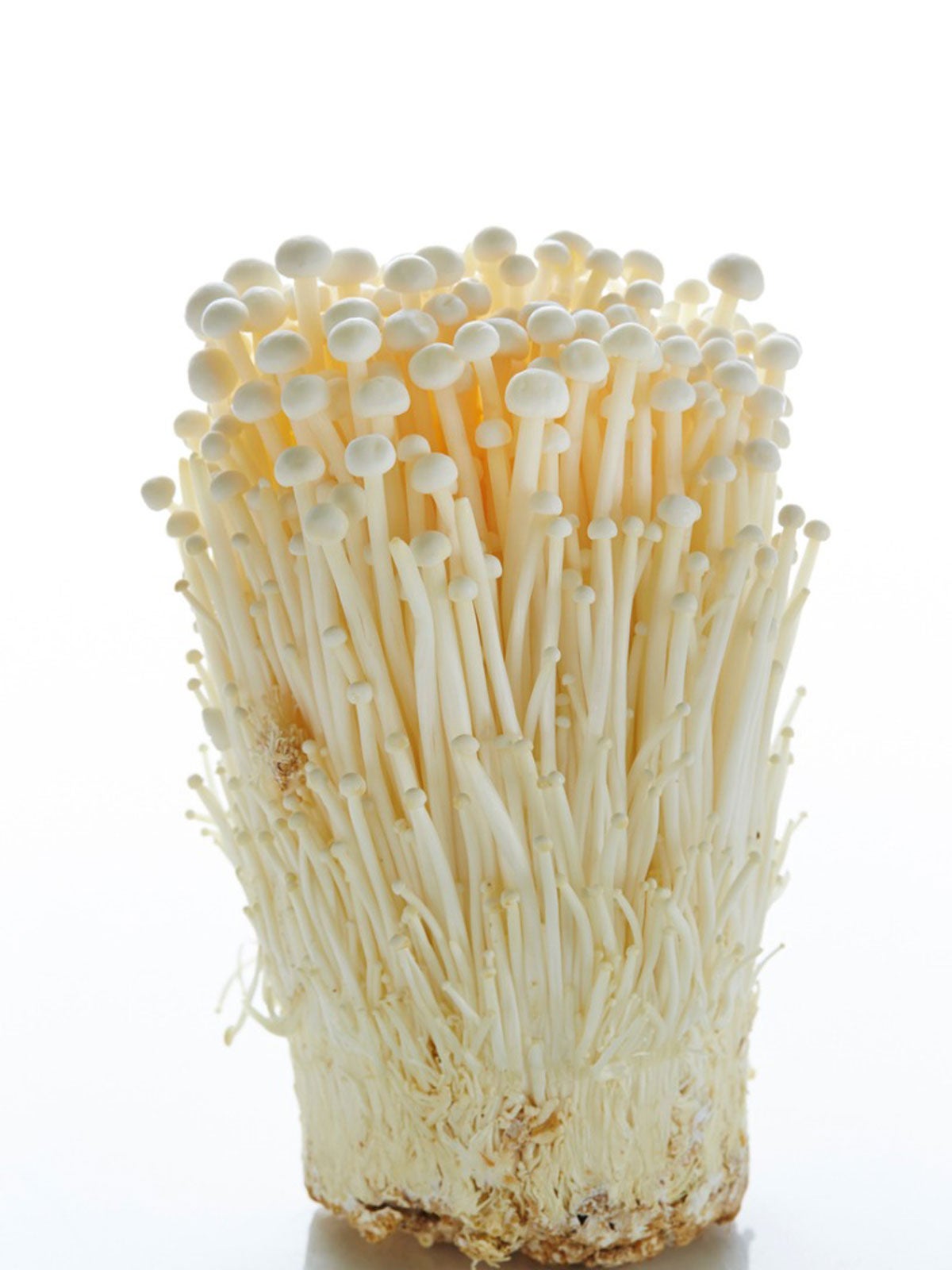 Enoki Mushroom Info – Tips For Growing Enoki Mushrooms Yourself
Enoki Mushroom Info – Tips For Growing Enoki Mushrooms YourselfEnoki mushrooms are very delicate fungi in an almost filament form. They are often the only mushrooms available in winter. If you like eating enoki mushrooms, you might try growing them yourself. Learn more about enoki mushrooms and how to grow them here.
By Bonnie L. Grant
-
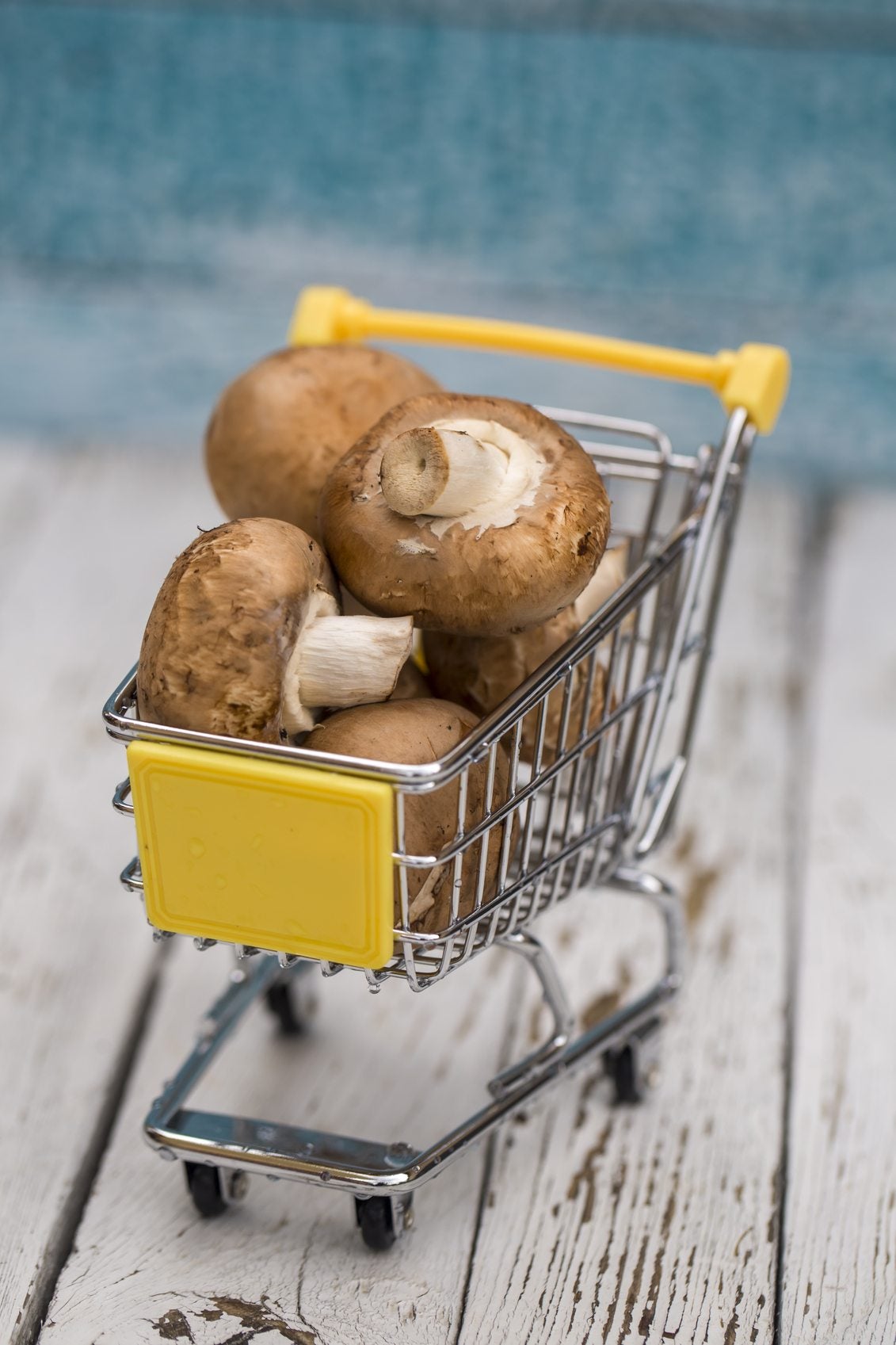 Propagating Store Bought Mushrooms: How To Grow Mushrooms From Ends
Propagating Store Bought Mushrooms: How To Grow Mushrooms From EndsPropagating store bought mushrooms from the ends just requires a good fruiting medium, moisture and the proper growing environment. Click on this article to learn how to grow mushrooms from ends.
By Bonnie L. Grant